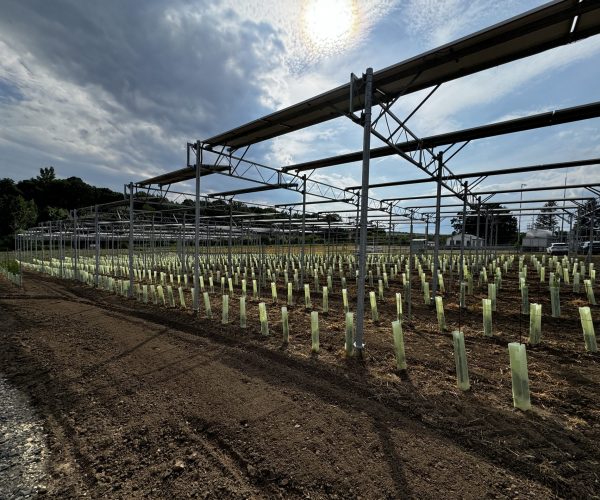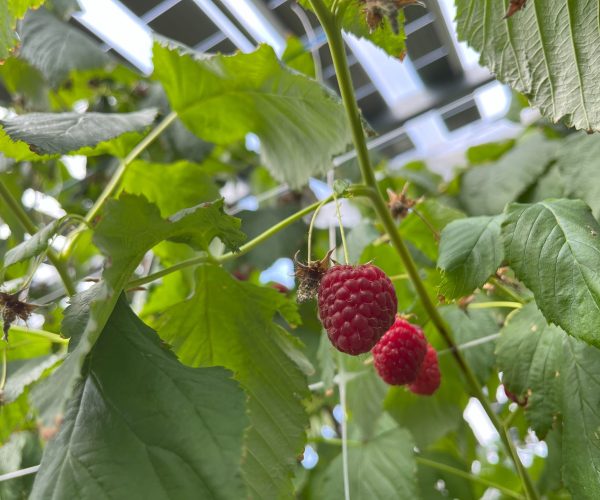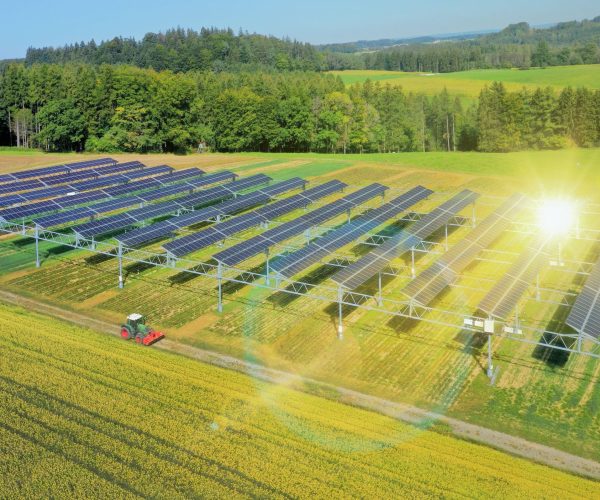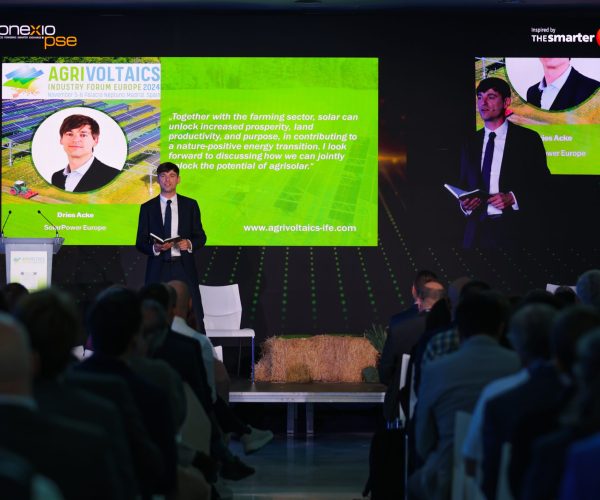Czechia’s New Agri-PV Legislation: A Milestone for Solar and Agriculture
The country of Czechia has taken a bold step towards integrating solar power and agriculture with its newly introduced Agri-PV legislation. Effective from January 2025, this law builds upon initial measures launched in May 2024, establishing a clear framework for Agri-PV systems, which combine agriculture with solar production. This innovative approach could be a game-changer for both the energy and agricultural sectors, paving the way for more sustainable farming practices and contributing to the EU’s 2050 climate goals.
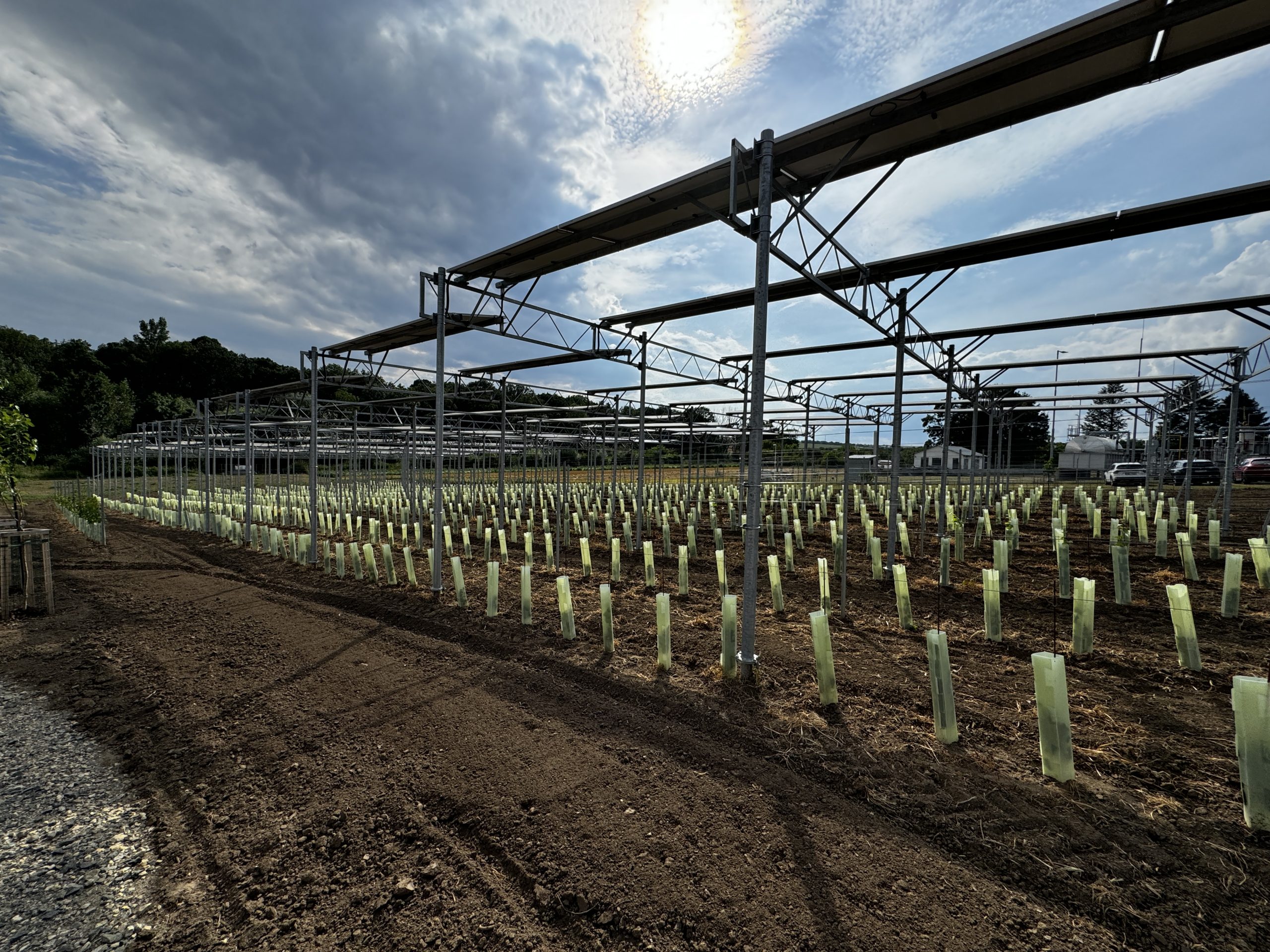
What’s the new law?
This new Czech legislation allows Agri-PV installations on six different types of crops:
- Vineyards
- Hopyards
- Orchards
- Tree nurseries
- Container-grown crops
- Truffle areas
This is a significant expansion from earlier initiatives and sets a strong foundation for integrating solar power into diverse farming practices.
Two distinct standards of Agri-PV systems are now permitted under the law:
- Horizontal Systems: These require the solar panels to be at least 2.1 meters high, ensuring there is enough space for agriculture underneath. Importantly, the law mandates that a minimum of 95% of the land area remains agriculturally significant. This ensures that the land can continue to be used for farming while generating power.
- Vertical Systems: These involve placing solar panels in rows spaced at least six meters apart, creating enough room for farming activities to continue between the panels.
Furthermore, the law states auxiliary components, such as batteries and transformers, must occupy no more than 20% of the total project area, ensuring that the land primarily remains devoted to agricultural purposes.
Key benefits
One of the most significant features of the new legislation is the stipulation that land used for Agri-PV systems will remain registered in the Land Parcel Identification System (LPIS). This ensures that the land remains eligible for agricultural subsidies and does not need to be removed from the Common Agriculture Policy (CAP) payments. This is a crucial aspect for farmers, as it guarantees that their land can still be used for agricultural purposes while generating income from renewable energy.
Another important development of this law is that Agri-PV systems are classified as “buildings for agriculture.” This designation allows solar installations to be set up on farms without the need for changes to local zoning plans, streamlining the process and reducing hurdles for farmers.
What does this mean for agrisolar?
The Czech Agri-PV legislation sets a new standard for integrating solar and farming. The law’s careful balance between energy production and agricultural use is designed to maximise the benefits for both sectors. By allowing land to continue being used for agriculture while also generating renewable energy, the law ensures that solar projects don’t take away valuable farming land. This model of “dual use” is seen as essential for ensuring food security while supporting Europe’s energy transition and sustainable agricultural practices.
“The Czech approach in the field of Agri-PV is unique in regulation background. This regulation is based on agricultural and environmental regulations, and it brings the possibility to build it on agricultural land while agricultural controls will remain.
To really boost this sector, Czechia needs more crops in secondary regulation, which will be allowed. We know that there is interest from farmers to include permanent grassland, vegetables and other conventional crops for a ‘vertical structures category.’” says Jiri Bim, Head of permitting and agrivoltaics section in the Czech Solar Association.
The next steps
The law also opens the door for the future inclusion of Battery Energy Storage Systems (BESS) with Agri-PV installations, further enhancing the efficiency and sustainability of these projects. This is a major step forward, as storage systems allow for energy to be stored and used when it is needed, ensuring a stable and reliable energy supply for farms and rural communities.
Czechia is positioning itself as a leader in agrisolar, with legislation that is unique in its approach and adaptable to the needs of farmers and solar power producers.
A bright future
To conclude, Czechia’s new Agri-PV legislation is a ground-breaking step forward in the integration of agrisolar. By ensuring that solar power projects do not interfere with agricultural productivity and providing farmers with the opportunity to generate renewable energy, the law sets a strong precedent for other EU countries.
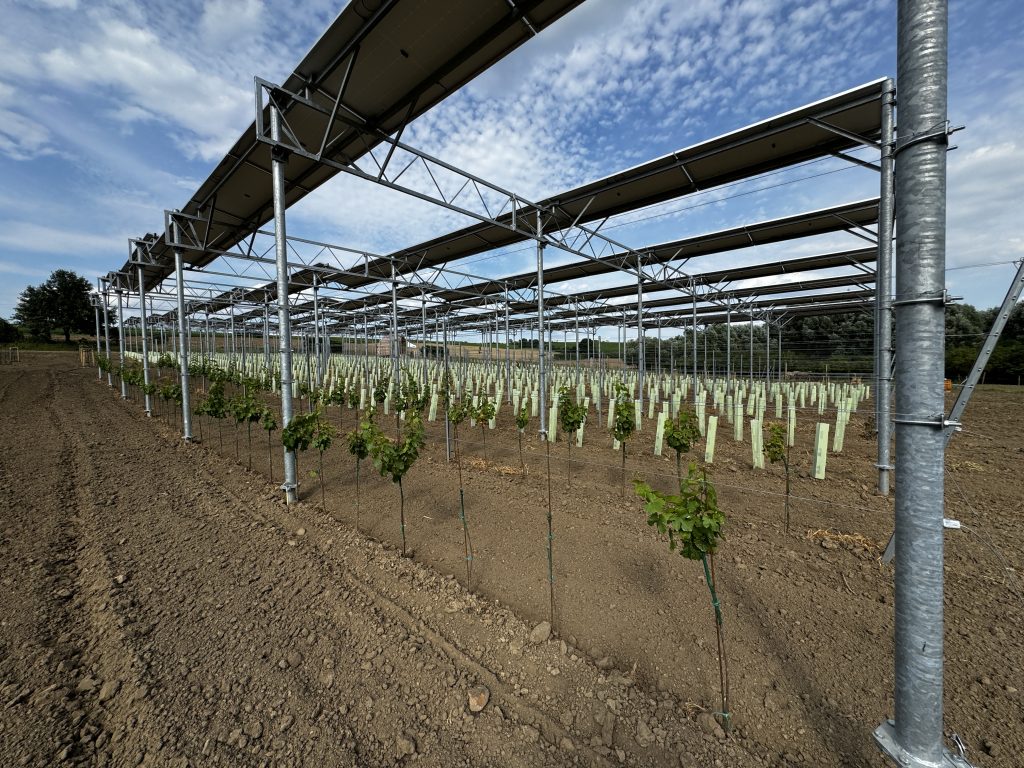
Do you want to find out more
about this topic?
these might be interesting to you as well

